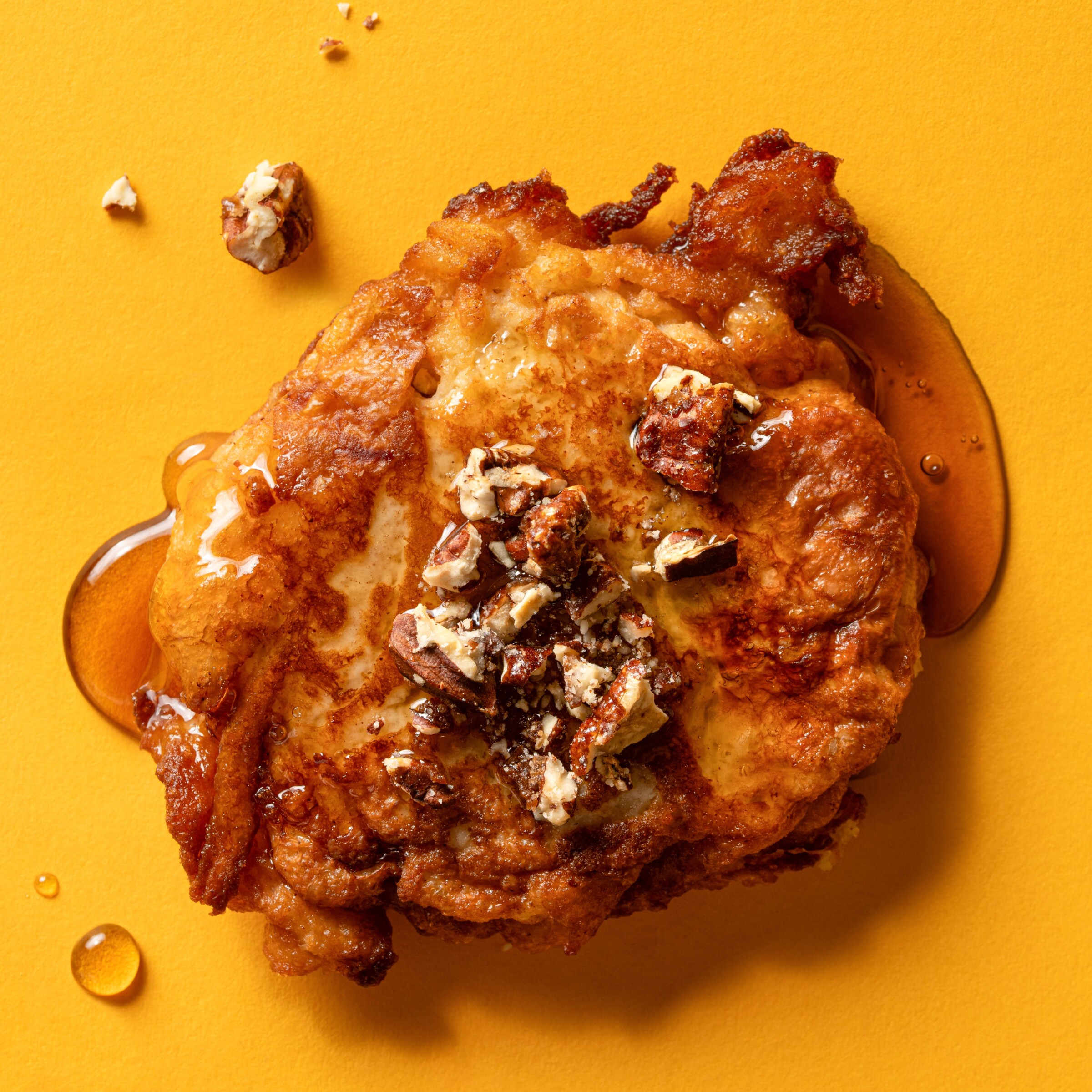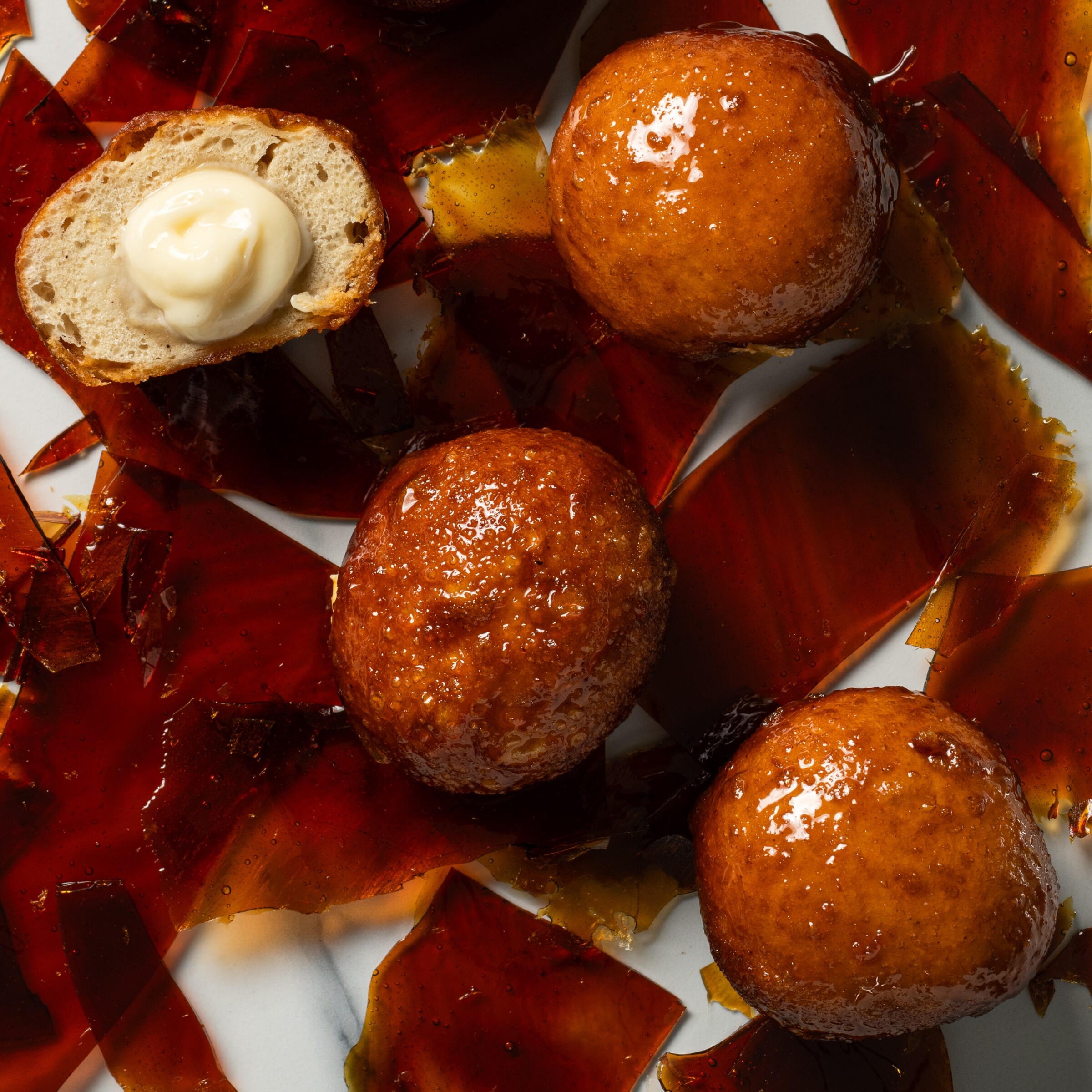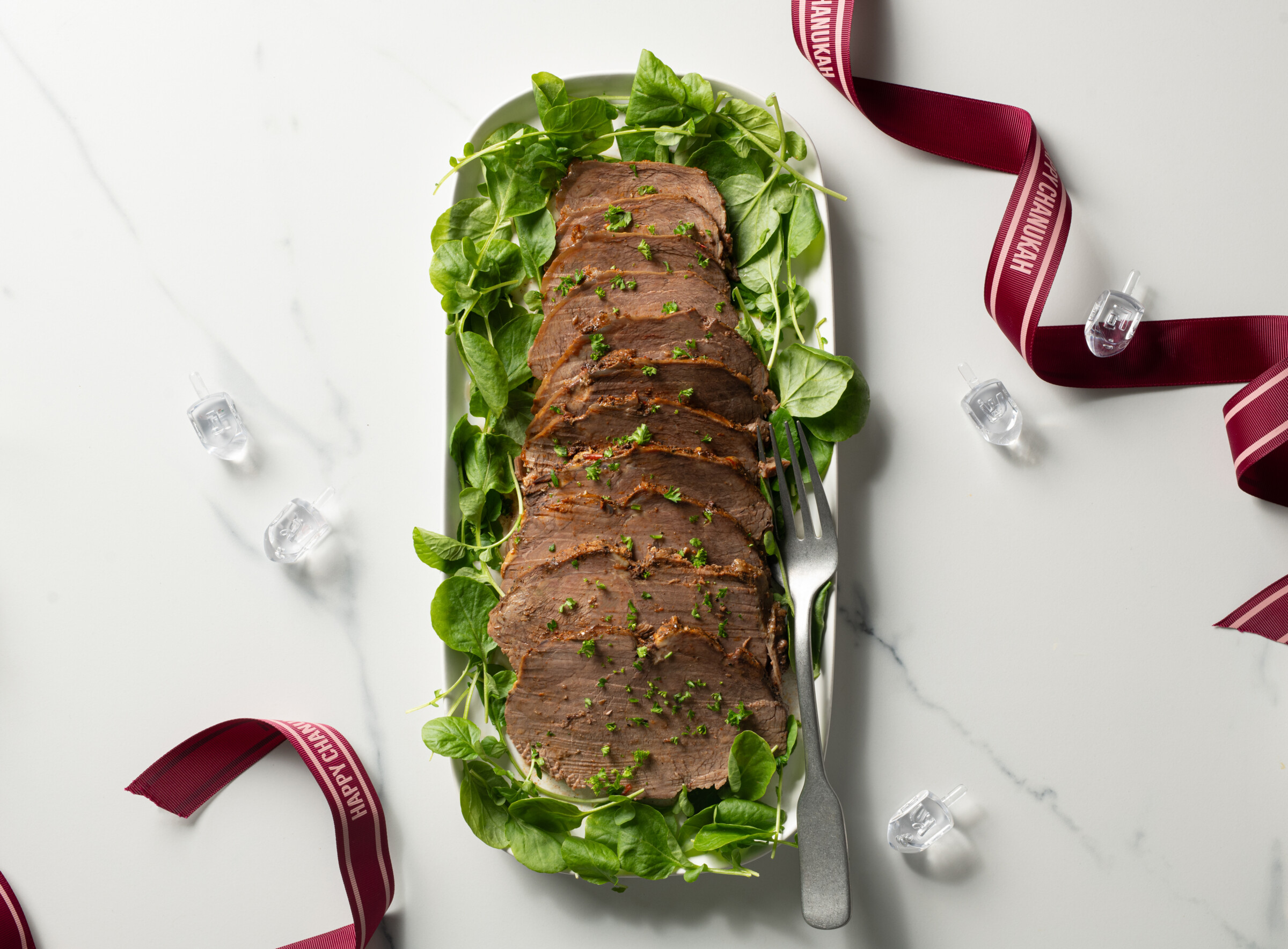Ramen Soup


Food and prop styling by Renee Muller | Photography by Hudi Greenberger
A traditional ramen is made with a dashi which is a broth made by steeping kombu (edible kelp) and katsuobushi flakes (preserved and fermented tuna) and straining the resulting liquid. I’ve never found kosher katsuobushi never mind not being able to use it in a fleishig stock and my grocery store stopped stocking kombu but there are plenty of other umami sources in this stock so you won’t even miss them. The beef fry seems a bit out of left field but it imparts a distinct smokiness that really brings this to another level. I make a huge pot of broth and freeze into individual portions for a quick and easy meal.
INGREDIENTS
SERVES 10
BROTH
- 1 pkg beef neck bones around 1½ lb (680 g)
- 1 pkg chicken bones around 1½ lb (680 g)
- 1 oz (30 g) dried mushrooms (shiitake are best but any other variety will do)
- 1 whole head garlic
- 1 2-inch (5-cm) piece fresh ginger peeled
- 2 shallots peeled
- 2 carrots peeled
- 6 scallions trimmed
- ½ cup soy sauce
- 4 oz (110 g) beef fry or pastrami
- salt to taste
ADD-INS
- 3–4 pkg ramen noodles cooked to package instructions seasoning packet discarded
sliced scallions shredded beef or chicken (you can use the beef from the broth or any leftover slow cooked beef) soft-boiled egg sautéed wild mushrooms sautéed Napa cabbage
PREPARATION
To make the broth preheat oven to 400°F (200°C). Lay the chicken and beef bones on a baking sheet and roast until deeply browned turning once halfway about 40 minutes. Meanwhile reconstitute the dried mushrooms in a stockpot with 4 cups water over medium-low heat. When the bones are browned add them to the mushrooms including any juices that may have collected in the bottom of the pan. Add in garlic ginger shallots carrots scallions soy sauce and beef fry or pastrami. Cover with cold water and bring to a boil then lower to a very gentle simmer for at least 4–6 hours or up to 12 hours. Skim the surface every hour or so and add cold water as necessary if the water evaporates. Strain the broth then add salt as necessary to taste. Place your ramen noodles and add-ins in a deep bowl then pour the broth over it. Enjoy!
Note
Note The greatest part about ramen is using whatever toppings you like to suit it to your taste. Here are some of my favorites but feel free to experiment with other vegetables and flavors. I actually dislike the taste of standard commercial ramen noodles but I recently found some rice and millet ramen noodles that are fantastic! You can easily substitute linguine if ramen is not your thing.
Oops! We could not locate your form.













